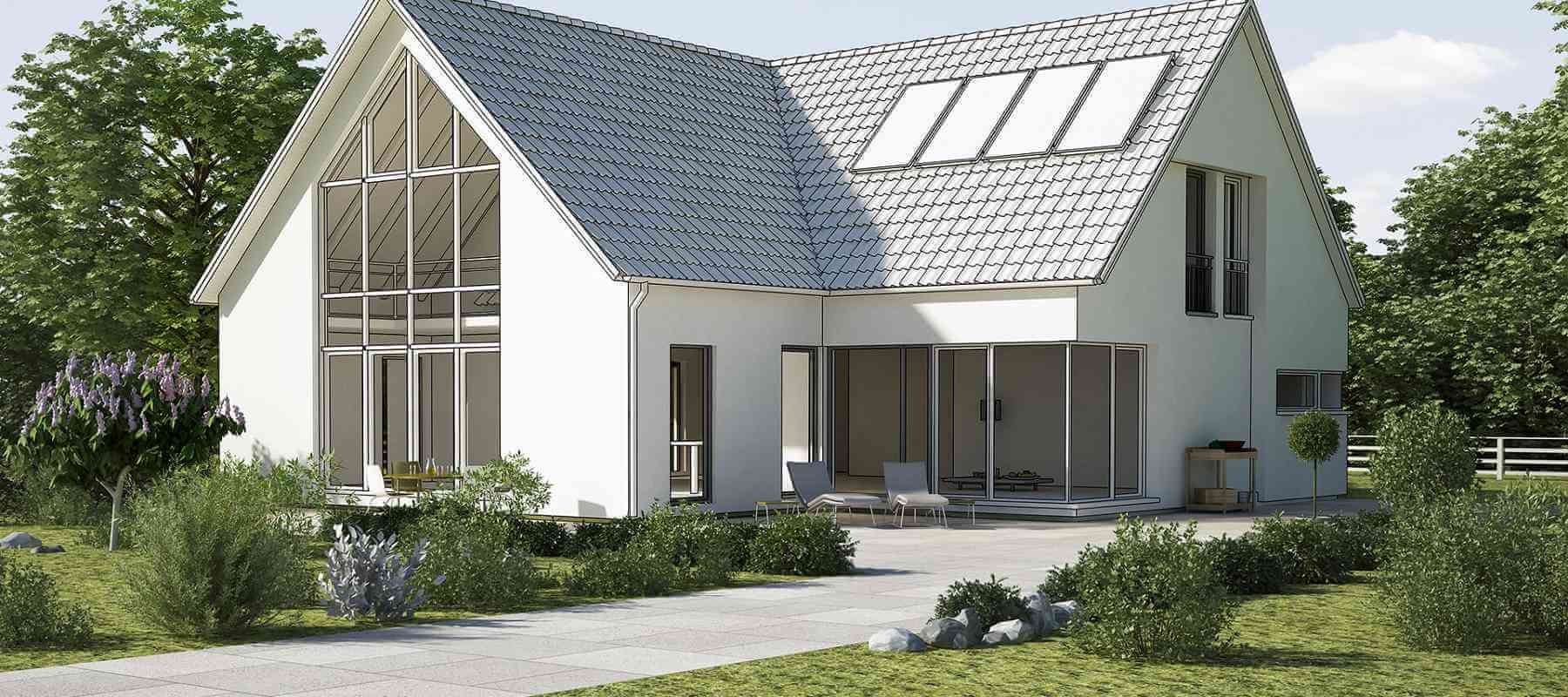Interest in owning homes is always going to be there. People need places to live, and many would prefer to own their own. However, interest in eco-friendly residences is growing quite a bit. Increasing awareness of climate change and concerns about it are driving many buyers to look for homes that reflect their values and belief in doing something about the environment. This has lead to eco-friendly or green trends in modern living.
Who is interested in sustainability the most? That would be the Millennials. Demographically speaking, people born from 1981 to 1996 are the ones who have the most interest in residences featuring sustainable design. Quite a few members of this generation are just now hitting the home-buying market after going through multiple recessions in their younger adult years.
Generation X comes in second. Those born from 1965 until 1980 usually have interest in owning a residence designed and built sustainably.
Baby Boomers across the real estate industry don't seem to stand out as a generation that emphasizes such qualities in the properties they look for. It's also expected that Generation Z will care a great deal, but it's unknown yet, as many members of that generation have yet to hit a point where they can own homes.
What are the top green home trends going on right now? There are many answers to this, but five stand out in particular:
- Bamboo as a Building Material: Bamboo is one building material getting a lot of focus these days. It's technically a grass, and it's one that grows really quickly, making it easily sustainable. Many property owners are starting to use it to replace lumber for both flooring and even construction, especially how the costs of lumber are rocketing up. Also, sustainably sourced lumber is hard to find.
- Energy Star Certifications: Appliances certified with the Energy Star rating are popular with many owners. These machines meet stringent criteria by the EPA for their energy efficiency. They might cost a bit more upfront, but they more than make up for it in utility savings over the years.
- Recycled Materials: Construction or decor materials don't have to be totally recycled, but the higher the recycled content is, the more owners love them. The choices in materials can be rather creative too. Recycled glass gets used in countertops, flooring, and even carpets.
- Smart Technology: There are many different features that you can incorporate into a smart home, but they can all add up to seriously reduced energy consumption. Smart light bulbs, switches, and thermostats all watch your usage of water and energy, minimizing things when you are not at around.
- Solar Panels: Of course, solar panels were going to make the list. They're far more common than they used to be. Decades of technological innovations and tax perks have brought the prices down, while their capacity and batteries have seriously grown. Many solar installations can actually pay for themselves long before they stop producing electricity.
